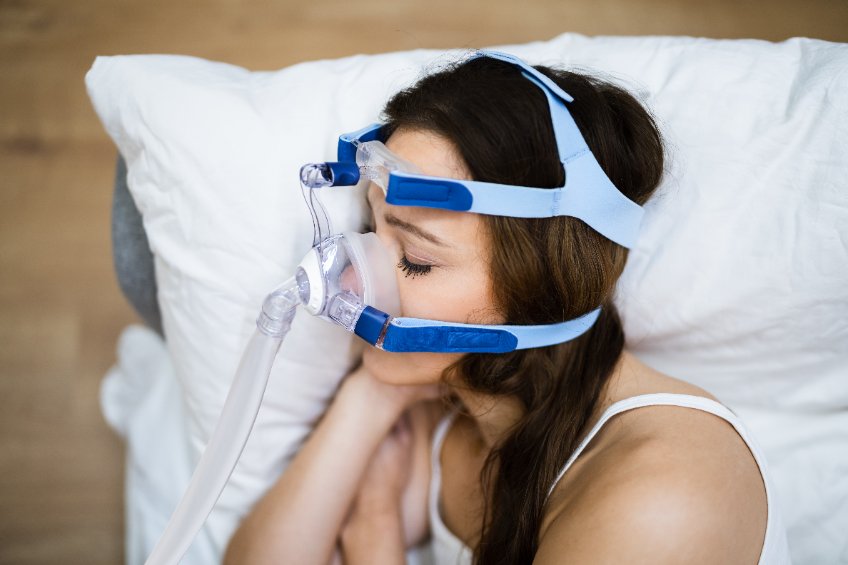Experts believe it can take anywhere from 3 weeks to 90 days to develop a habit. When making a lifestyle change, or in this case a change in your sleep habits, it takes time. And most sleep physicians believe that if you can get through your first 90 days adjusting to your CPAP treatment, than your chance of long-term compliance increases substantially.
“Commit to a personal or professional goal for 21 straight days. After three weeks, the pursuit of that goal should have become a habit. Once you’ve established that habit, you continue to do it for another ninety days. If you can keep up something for three weeks and then ninety days, then it should become a permanent lifestyle change.”
– Cape Space
What are some tips and adjustments a new CPAP user can implement to make CPAP a way of life? The motivations behind making CPAP Therapy a habit include: (1) improved sleep quality, (2) better health and (3) a statistical reduction of risk factors of sleep apnea. Thus, it’s imperative that your CPAP mask and device becomes an essential step in your sleep routine, like brushing your teeth and slipping under the covers.
Remind Yourself Why You Started CPAP
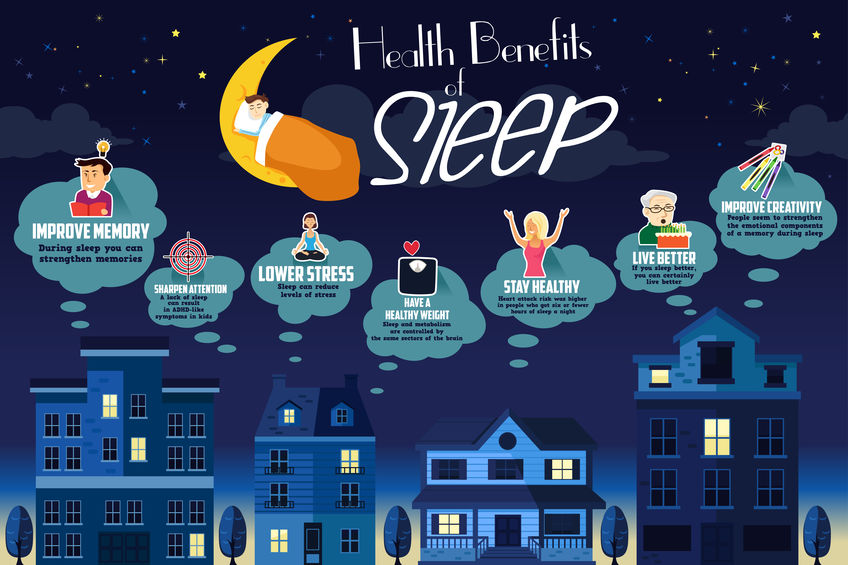
Before we begin on helping you develop the healthy habit of CPAP Therapy, let’s remind you of all the reasons why you need to address your Sleep Apnea. Untreated Obstructive Sleep Apnea (OSA) has several proven associated complications including:
- Automobile and Work-related accidents due to daytime drowsiness
- Cardiovascular diseases like high blood pressure, stroke, heart failure, heart disease, pulmonary hypertension, and cardiomyopathy (enlargement of the muscle tissue of the heart),
- Type 2 diabetes
- Stroke and arrhythmias
- Obesity
- Focus and cognitive issues due to impaired memory or concentration
- Mood disorders, irritability and a higher risk of depression and anxiety
- Nonalcoholic fatty liver disease, which is an increase in fat deposits in the liver that can contribute to serious liver damage
- Anesthesia-related complications during surgery
- Even a shortened lifespan
Once you focus on the reasons why you started all of this, you realize CPAP Therapy is much more than a better night’s sleep but regular usage contributes to a healthier and longer life. If that is not motivation to help you endure the first 90 days, I don’t know what is.
Get Acclimated to your CPAP Equipment During the Day
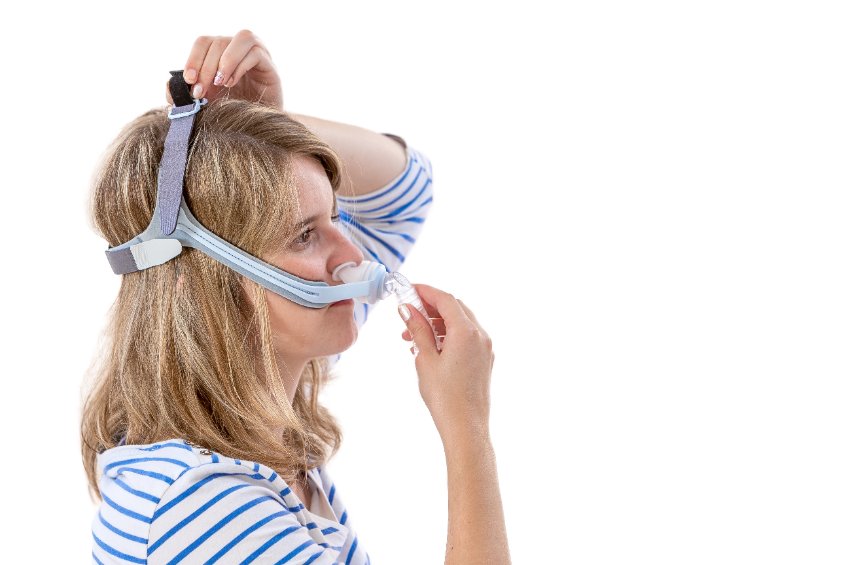
When you receive your new equipment, and you’ve been fully trained by your DME Supplier, take it home and practice setting it up, wearing it and cleaning it after use. Wear it while watching TV, reading, viewing your phone, playing Wordle or even napping during the day. You may try and acclimate to the mask by wearing it unconnected to your device. When ready, connect the mask to your CPAP device to get used to your pressure settings. Hold up the mask with the pressure on the lowest setting possible. Typically your Ramp setting. Make a goal to hold the mask with pressure for four minutes on, and then four minutes off, and slowly increase the amount of time you are holding the mask to your face and decrease the time the mask is off. Then keep the mask on for 30 minutes, 60 minutes, and 90 minutes at a time, with the ramp pressure settings* turned on for a slow build to the optimized pressure setting your sleep physician has prescribed.
The purpose of this exercise is to get you more acclimated and comfortable using it while you’re awake, so it will feel more natural while you’re asleep. Make it a routine before bedtime by putting your CPAP mask on 30 to 45 minutes before bedtime, and then sit in bed with a book, crossword puzzle, knitting or other screen-free activity to relax your mind to help ease you into your nighttime CPAP routine. After the set time, turn off the lights and go to sleep. Putting on the device before you’re tired will ensure proper usage. If you wait until you’re exhausted, you may want to skip the CPAP routine and just go to sleep without your CPAP device.
Increase the Time Each Night you Wear your CPAP
Insurance coverage requires a sleep apnea patient to utilize their CPAP equipment for at least four hours a night for 30 days or 70% of your sleep hours. Use that recommendation as a starting point. Make it a goal to sleep with your CPAP mask and device for at least four hours per night. On average, adults sleep 7-8 hours per night, so four hours would just be 50-55% of your night.
Once you start wearing your CPAP mask at night, make it a goal to wear it at least four consecutive hours that night. If you fall asleep for longer, than great, but maintain the goal of at least four hours for one week. Then each week (or every few days) make it a goal to increase your usage by 30 minutes. Within a few weeks, you will be hopefully utilizing your equipment throughout the whole night.
Prevent Inadvertent Removal of your Mask While you Sleep
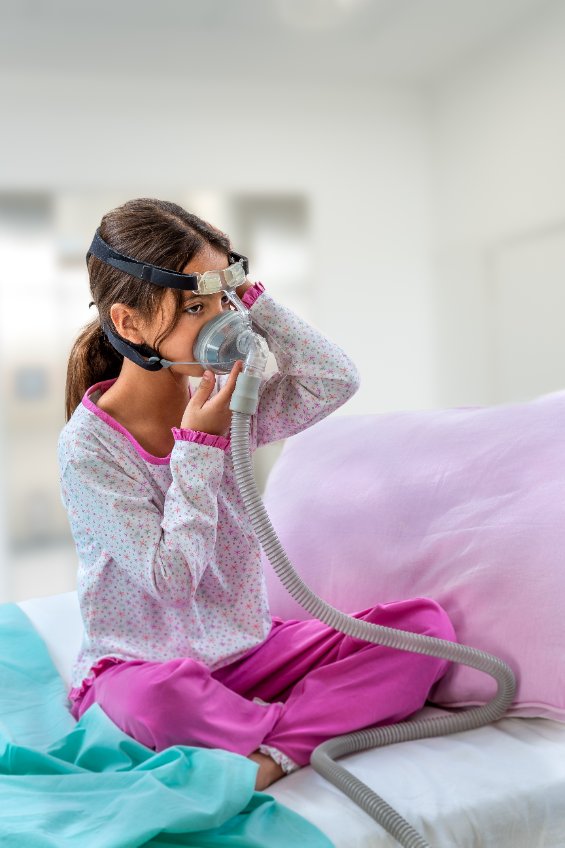
If you wake up without your mask on, and cannot remember intentionally removing it, then you want to nip that subconscious bad habit in the bud. If this happens more than once, set an alarm once or twice through the night to wake yourself up to ensure your mask is still on. Some have placed a camera on them through the night to determine when the unintentional removal is occurring, so they know when to set the alarm. Once awake, reset the ramp settings to ensure a slow build of the pressure settings for a comfortable and gentle increase to your optimal pressure.
As your body and mind begin to adjust to your CPAP treatment, inadvertent removal will happen less often. This is another reason why wearing your mask while you are awake and an hour before bedtime is so essential as you’ll begin to acclimate to it during your waking hours, therefore it will make it easier for your subconscious to accept it while you sleep.
Consistency is the Key
As we mentioned above, habits can take up to three months to form, but if you discontinue usage for a night or two or more, you are interrupting the progress of your habit-forming and starting back at square one. Be determined that you are going to wear it for at least four hours each night for 90 days, accept the reality that there will be an adjustment period, and again, remind yourself why it is so crucial to your long-term health to become acclimated to your CPAP Therapy. Don’t take a break, don’t make excuses on why you can’t wear it tonight, or don’t try to justify why you don’t need to wear it. The longer your resist, the longer you are prolonging developing this healthy habit that could save your life.
Make Cleaning your CPAP Equipment part of your Morning Routine
Just like making that first cup of coffee, brushing your teeth and letting your dogs out, create a new morning habit of cleaning your CPAP device. It may take more time in the beginning but as it becomes routine, just a few minutes each morning will ensure your device and mask are properly cleaned to prevent infection.
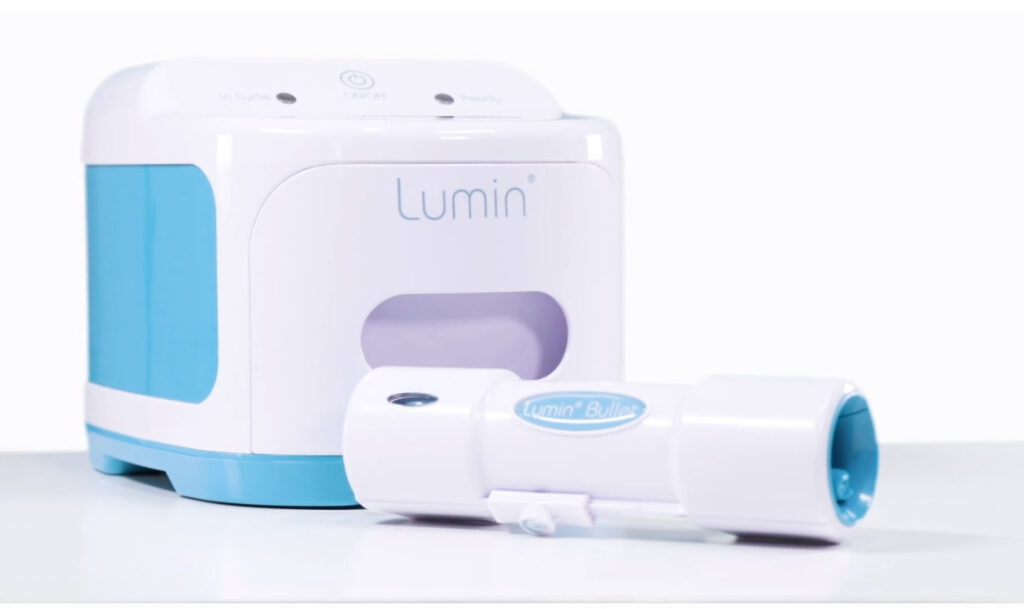
Daily Cleaning Routine should include:
- Unplug your CPAP Machine, disconnect the mask, and air tubbing.
- Disassemble the mask into three parts: headgear, cushion and frame.
- Place your mask cushion and headgear in the sink, rub with soapy water and rinse thoroughly to remove any oils that could cause dermatitis. (Do not use strong detergents or cleaning products as it can damage the mask and irritate your skin.)
- Place all the washed mask parts on a towel and allow to dry out of direct sunlight.
- If you are using a humidifier, disconnect the water chamber from your humidifier, and wash with your mask parts, rinse thoroughly and allow to dry on a towel, as well.
- Since some device use Wi-Fi to transmit data, be sure to plug your device back in and make sure that it has reconnected.
Download an App to Manage your CPAP Usage
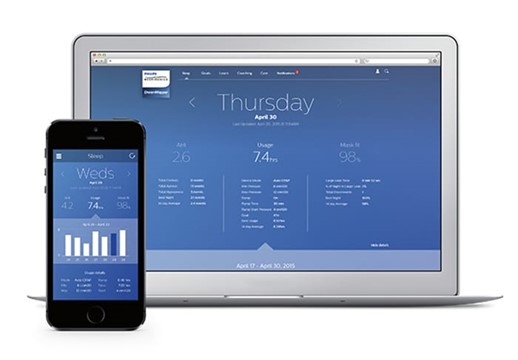
There’s an app for almost anything these days: losing weight, calorie counting, time management, relaxation and even managing your sleep quality. There are many new apps, programs and software that can help CPAP users track the progress of their treatment, make changes as needed, and provide minute-by-minute reports of your sleep patterns, pressure changes and any potential mask leaks. They are also customized with settings so you can tailor your treatment plan, in accordance with your physician’s prescription.
Depending on your prescribed CPAP device, there is an app to help you manage your progress, here are just a few:

- ResMed MyAir App is an online support program and app that syncs to your ResMed CPAP machine to provide analytics on your previous night’s therapy results with a score based on how long you slept, how well your mask was sealed, if or how many times your mask came off, and how many apnea events occurred. The program will keep you on track as you regularly check your progress, and the app provides coaching to encourage you to keep you motivated. There are also a library of tutorials and support articles to encourage you every step of the way. MORE INFO: https://www.resmed.com/en-us/sleep-apnea/cpap-parts-support/myair-app/
- Philips Respironics DreamMapper App provides a mobile app and web-based system that provides personalized feedback and provides motivation to stick with your therapy, as well as proven increased PAP therapy adherence. The app will inform you about your mask fit and therapy hours, connect your data to your provider, offer easy goal-setting trackers to keep you committed, and educational videos and guides to answer any questions you have along the way. MORE INFO: https://www.usa.philips.com/c-e/hs/sleep-apnea-therapy/i-currently-use-sleep-apnea-therapy/dream-mapper.html
- Some other apps include: F&P myMask, Ogonomy, NiteLog, SNAP CPAP, SleepTracker 24/7, SnoreLab, Sleep++, Sleep as Android, Runtastic Sleep Better…. (We will discuss these apps in a future blog.)
Ensure Proper Mask Fit & Speak Up
The biggest complaint we hear from our patients is discomfort from an improperly fitted mask. If your headgear is too tight, your mask does not fit properly, or the mask is leaking air, discomfort will result.
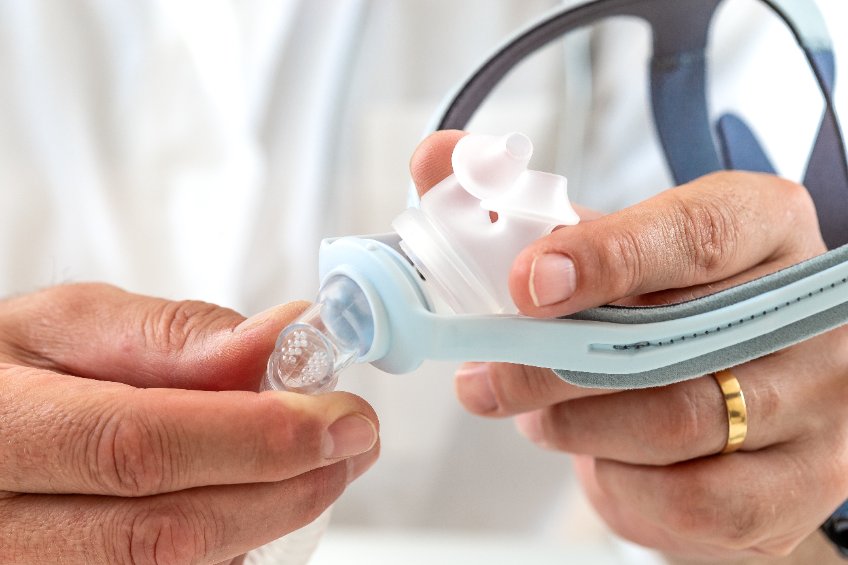
If your mask is uncomfortable, check the following:
- If the headgear is too tight, it can cause discomfort and pressure sores.
- If your mask isn’t cleaned properly, dirt residue or oils build-up can irritate your skin.
- If your mask is leaking, you can wake up tired, have headaches, sore or raw throat, or your partner may report you are snoring again.
Many of these issues can be prevented by speaking up. If there are any issues during your initial training and fitting, don’t hesitate to tell your sleep technologist or respiratory therapist, that is what they are there for. If something does not feel right, it probably isn’t, so tell the staff at your DME supplier exactly what you are feeling. Once home, keep a diary or use one of the above apps to track your progress, complaints, and any issue, regardless of how small or minor it may seem write it down and report it. If your CPAP team can tackle those issues early and head-on, you the patient will have a greater chance of success towards long-term adherence. So don’t be shy to express your complaints, questions or issues in those first three months.
For our CPAP Mouth-Breathers or Nose-Breathers
If you’re a mouth-breather, a full-face mask or a nasal mask with a chin strap will be recommended to the patient. Statistically, nasal mask users have better long-term compliance, when compared to full-face mask users.** Our philosophy is ‘if you don’t at first succeed (with a CPAP mask), try, try again.’ That is why we offer our Mask Fit Guarantee: Everything CPAP offers an unconditional Mask Fit Guarantee with over 200 mask options, proper fitting by our staff at our initial visit as well as ongoing support for our patients.
For example, for those who suffer from seasonal allergies, we encourage a two-mask strategy with a nasal mask as the primary mask and a full-face mask during allergy or flu season. We also encourage the use of a humidifier, which can be adjusted as needed to loosen up mucous and open congested airways. A saline spray can be added to your routine as well, as long as it is steroid-free. (You want to avoid overuse of steroid nasal sprays.) Before you add a nasal decongestant or any other over-the-counter medication, talk to your physician first.
The point is that regardless of your particular needs (mouth-breather, nose-breather, allergy sufferer, side sleeper, back sleeper, snorer, residents of higher elevations or drier climates, etc.), Everything CPAP is here to expertly address our patients’ needs with our teams’ expertise, ongoing training and years’ of experience managing and resolving various CPAP issues.
Most Importantly, Have Realistic Expectations
“Progress is impossible without change, and those who cannot change their minds cannot change anything.”
– George Bernard Shaw
Another quote says, “If you truly want to change your life, you must first change your mind.” Preparing your expectations and adopting a positive mindset about your therapy is the first step towards success. There are going to be challenges, it’s going to take time to adjust, you may not feel well-rested at first, and you may be like the vast majority of patients who don’t take to CPAP like a fish to water, so like with all positive changes in your life there is going to be a substantial amount of effort to get to your end-goal.
- First, realize that it’s perfectly normal to experience issues and problems in those first 90 days.
- Second, find a DME supplier who is willing to work closely with you and who not only listen to your complaints, but proactively address them.
- Third, understand it will get better and you will get acclimated to it as thousands of patients before you have.
- Fourth, it’s going to take time and effort on your part to make CPAP therapy part of your routine.
- And Fifth, this is for the betterment of your health as quality sleep promotes a longer, healthier life.
“Anything worth having is worth fighting for.”
– Susan Elizabeth Phillips


